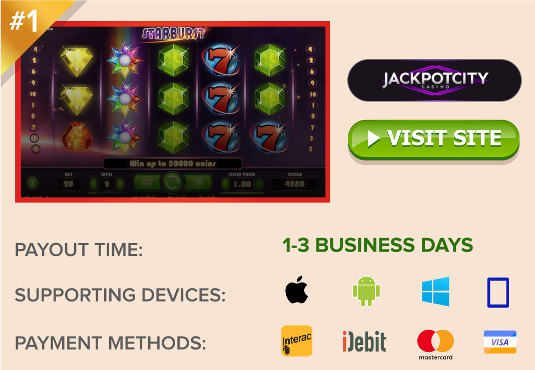History of Hola Card Game
 Hola is a card game popularized by Ukrainian-Canadian communities, often played in many parts of Western Canada. Its history is rather unique, mostly because there’s only so much information we know about its origins.
Hola is a card game popularized by Ukrainian-Canadian communities, often played in many parts of Western Canada. Its history is rather unique, mostly because there’s only so much information we know about its origins.
Hola is certainly not your typical card game. Like many other trick-catching games, it requires players to skillfully capture tricks to earn points. However, there’s no auction for trump—no trump at all, in fact. Suits mean nothing, and higher ranking cards do not beat lower ranks. In this game, only a card of equal value, or a wild card, can beat the card led. Furthermore, score is only taken for capturing Aces and 10s.
With such widely varying rules, it’s difficult to pinpoint any direct games of ancestry. It’s more like an amalgamation of trick-catching rules, and some children’s card games, like Uno. But that hasn’t staunched its popularity, especially among adult players. Countless enthusiasts enjoy the game in social settings and occasional tournaments. There are even online Hola card games with real money at stake.
History of Hola Card Game
As I said, determining the exact origins of Hola isn’t so easy. However, we can at least pin-point an approximate location of its roots and timeline. According to some sources, Hola dates back to around the mid 20th century, and clearly originated somewhere in Eastern Europe.
There are two points of interest that help tremendously here. First of all, we know it’s most popular within Ukrainian-Canadian communities; especially in major Ukrainian-settled cities like Winnipeg, Manitoba. This directs us back to Eastern Europe.
Secondly, the name Hola is also of Eastern European descent. (No, it wasn’t taken from the Spanish language, meaning “hello”.) It’s either derived from the Slavic, Polish or Ukrainian languages, translating to “nakedness” (Slavic) or “naked” (Polish, Ukrainian).
Why would the word “naked” have anything to do with the game? Probably because players are shedding their cards with each round of play. It is possible to run completely out of cards before a single trick is captured, leaving a players hands exposed (i.e. naked) until new cards are drawn for the next trick lead.
Of these locations, most gaming theorists agree that Hola originated in Poland, but I’ve found nothing to firmly verify this.
There are several other card games that are similar to Hola. One is a Czech card game known as Sedma (seven). Another is Zsírozás (greasing, or to fatten), a Hungarian card game. There are a few others, as well, and coincidentally, they all come from Eastern European regions, helping to support the theories above.
Sedma is incredibly similar to Hola, but uses a traditional 32-card German deck, and 7s and 8s are wild. The rules of Zsírozás are essentially the same, too, but using a 32-card Hungarian deck, with only 7s wild. However, neither of these games employ the “fight”, found in Hola, in which the leader of a trick can continue another round of play to fight for it, if its been captured by another player.
Each of these games appeared somewhere near the mid-20th century, which attests to how quickly they spread throughout Eastern Europe before coming to Canada. The general history of Hola states that it’s older than most of its cousins, but if that’s the case, it’s odd that the fight rule was eliminated. Normally, new rules are added, not taken away, as variants develop.
Want to learn more? Expand your knowledge of the Hola card game with these additional reading materials:
How to Play Hola (Standard Rules)
Hola Rule Variations
Hola Strategy
 Jackpotcity.com is our editorial pick for your gaming needs. Currently offering an entire suite of casino games, as well as a wide range of Canadian deposit options, JackPotCity truly offers world-class gaming.
Jackpotcity.com is our editorial pick for your gaming needs. Currently offering an entire suite of casino games, as well as a wide range of Canadian deposit options, JackPotCity truly offers world-class gaming.





